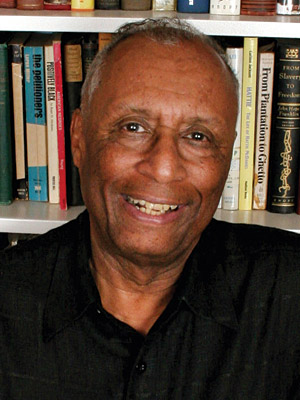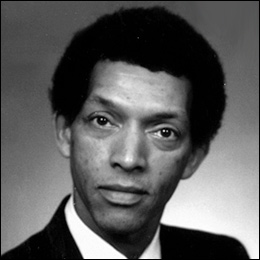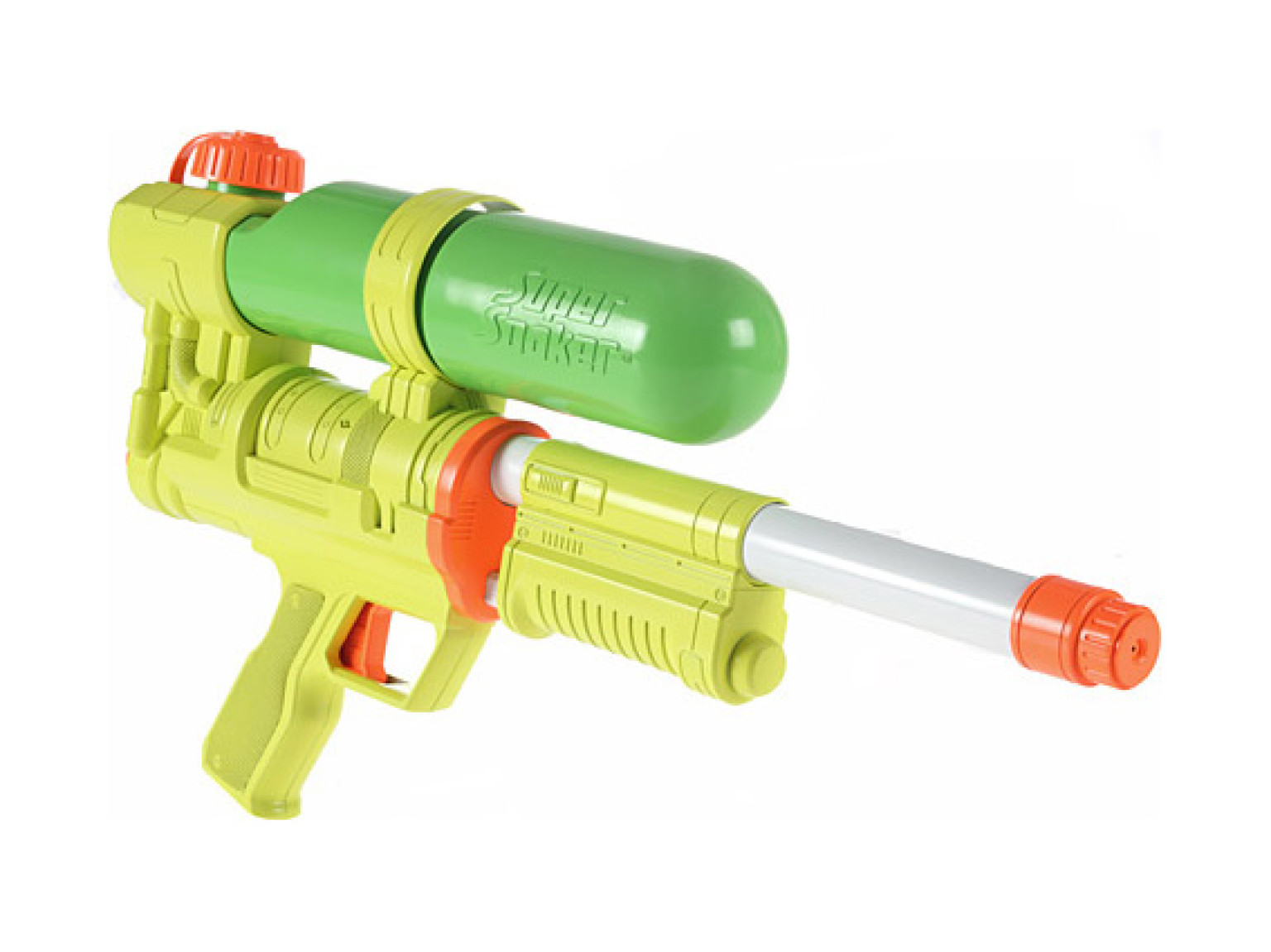In 1960, while at Bell, West teamed up with fellow scientist Gerhard M. Sessler to develop an inexpensive, highly sensitive, compact microphone. In 1962, they finished development on the product, which relied on their invention of electret transducers. By 1968, the electret microphone was in mass production. West's and Sessler's invention became the industry standard, and today, 90 percent of all contemporary microphones—including the ones found in telephones, tape recorders, camcorders, baby monitors and hearing aids—use their technology.
 even though cacs have been working vigorously to discredit him
even though cacs have been working vigorously to discredit him 
 even though cacs have been working vigorously to discredit him
even though cacs have been working vigorously to discredit him 








